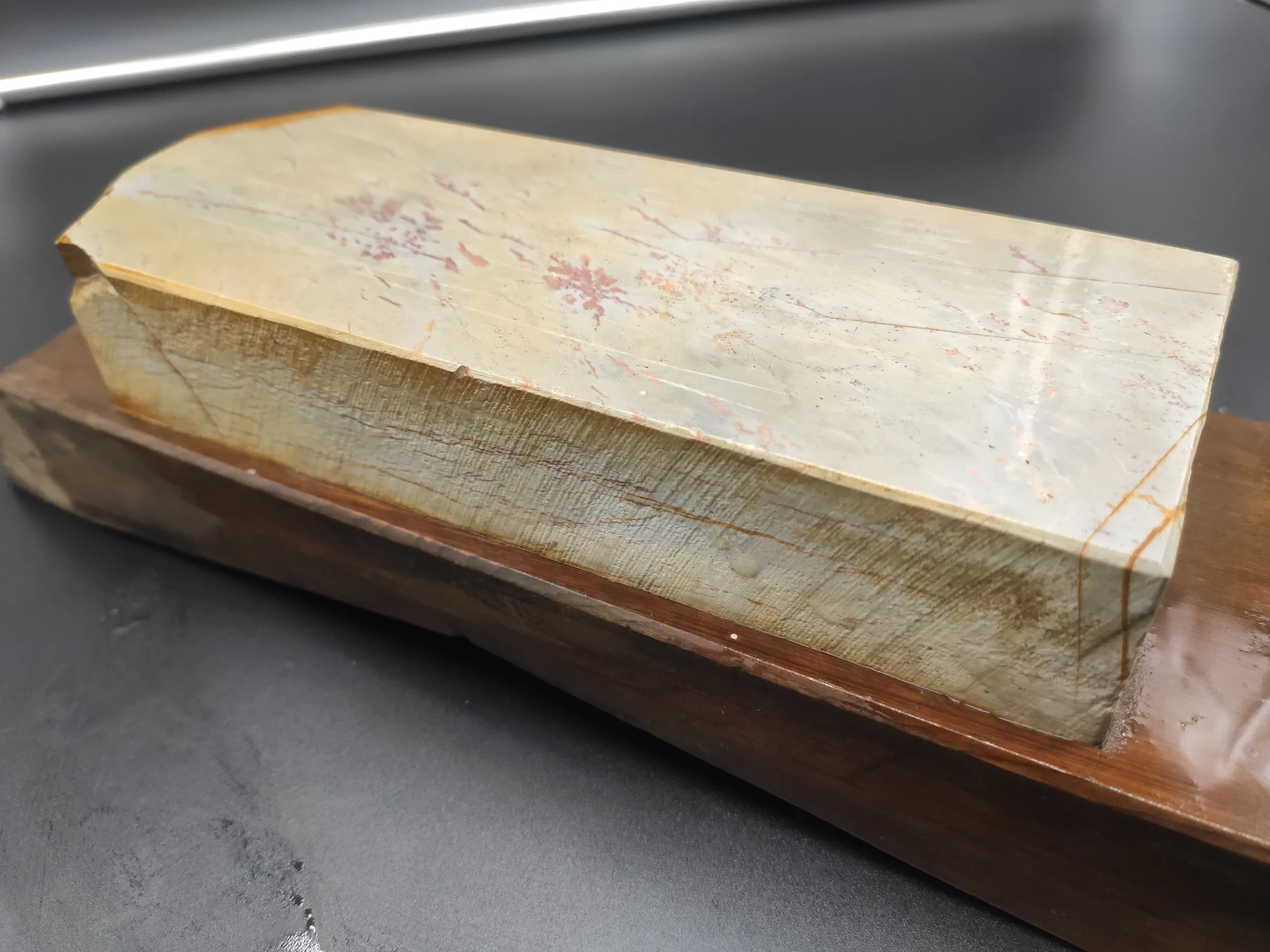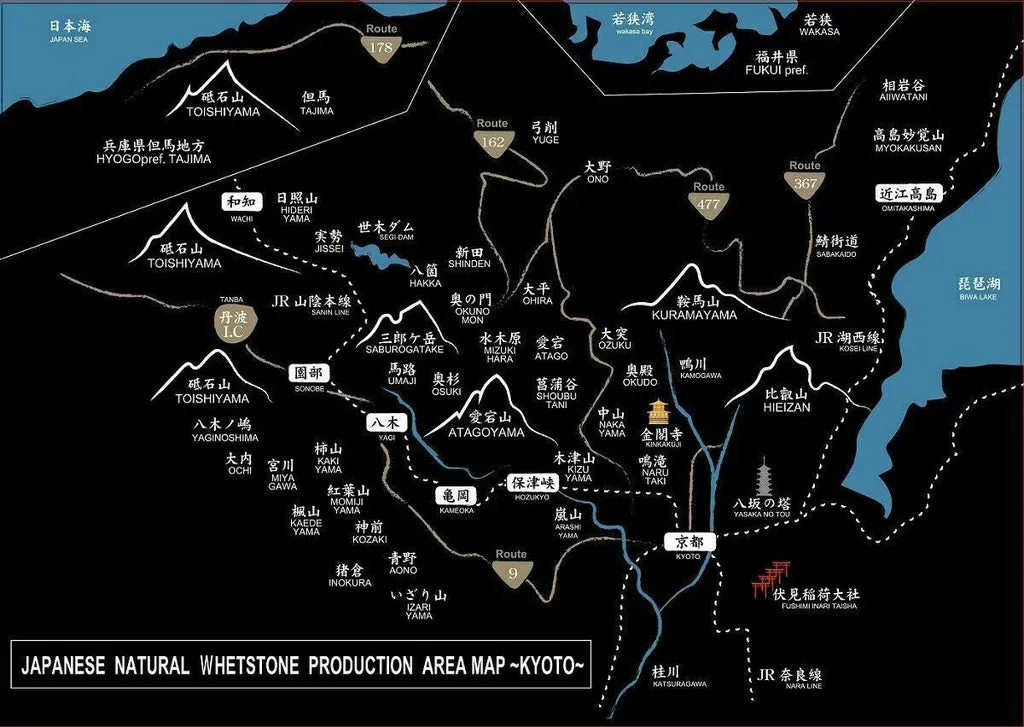Introduction Natural Japanese whetstones are one of the oldest and most refined sharpening traditions in the world. They are valued not only for their exceptional abrasive properties, but also for their historical heritage, stone structure, place of origin and even the reputation of the mine. In this guide, we will discuss everything you need to know about Japanese natural stones: their types, mines, features of use, selection and care. […]










